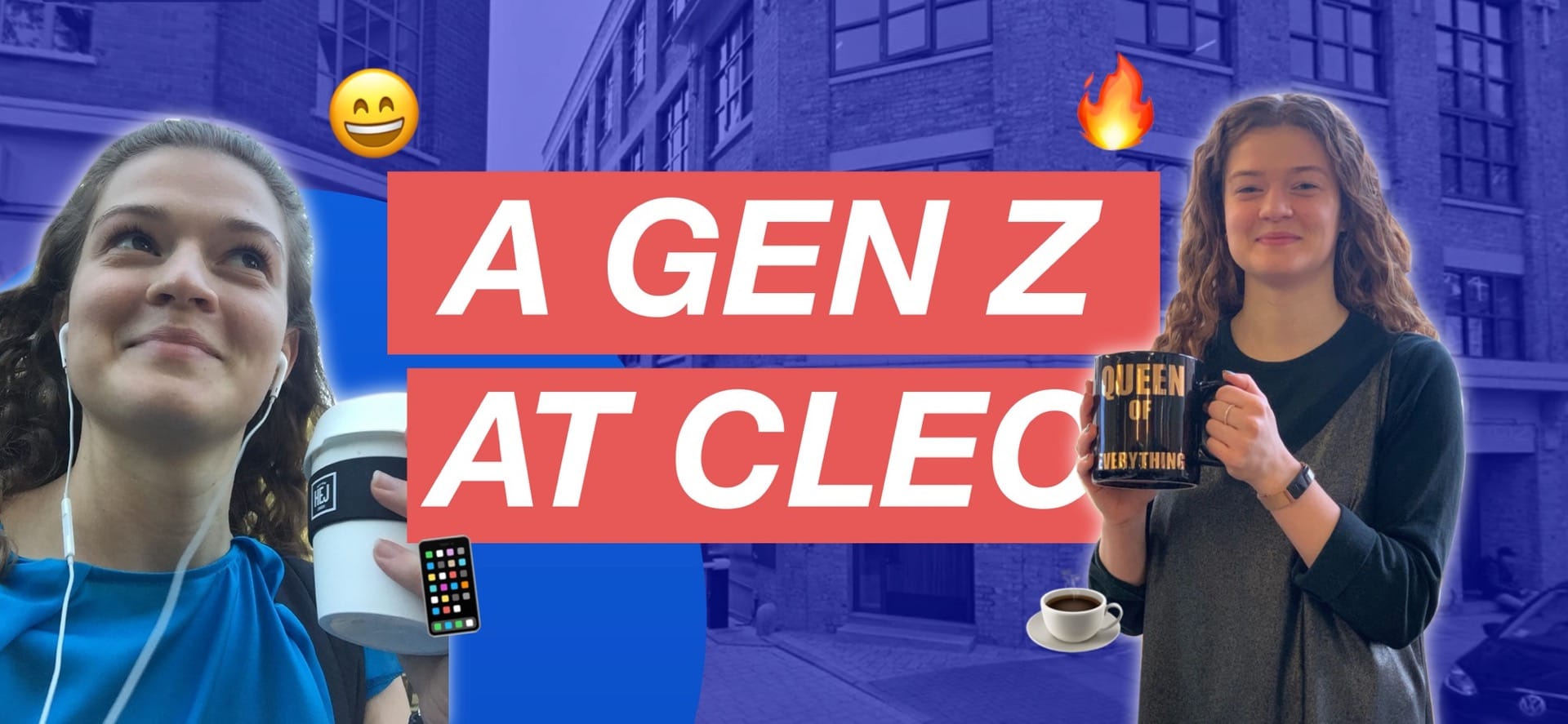Bright joined Cleo as a ruby software engineer back in April 2022. We caught up with him to learn more about life as an SE3 level engineer at Cleo.
What does a typical week look like for you?
Every engineer at Cleo is assigned to a cross-functional squad, with a clear mission of improving an element of our product offering. We have squads focussing on Cleo’s chat, cash advance, and a couple of squads who are exploring new opportunities too.
At Cleo, squads are made up of a mix of engineers, researchers, designers, UX writers, and data analysts. We work using the agile methodology in two week sprints.
At the beginning of a sprint, we go through what we want the sprint to look like, and then we set some goals. If you’re leading a workstream, you’ll be expected to refine big chunks of work into smaller tickets that can be worked on during the sprint. And then for the for the rest of the sprint, we work on the tickets that were scoped during this session.
We often run A/B tests to try out different concepts. My role in these tests is to set up dashboards visible to everyone at Cleo, so the business is aware of what we’ve launched and how it’s going. I also spend time analysing this data during the sprint too.
During implementation time, I also try to jump onto any additional issues that may come up. We have a rotation for a ‘first responder’ role.
When you’re the first responder you’re expected to monitor alerts and channels for any issues. If there is a bug fix, you’re expected to delegate this to the right person, or give it a go if you’re able too. We also accept requests from non-tech (usually our customer champs team), to perform certain tasks that they’re unable to do themselves within the admin panel tools.
We also have daily standup ceremonies with the whole squad. Again, we have a rotation system for leading the meetings. This is a great opportunity to work on leadership and communication skills—regardless of what level you’re at.
Who do you work closest with?
I’m in contact regularly with all of my squad. For example, If we were launching a test, I’d work with the analyst in my squad to understand how we could measure the impact of the test. We’d collaborate to see if there were any other things we needed to consider before launching.
Outside of my squad, I’m part of the backend engineering chapter. Front end engineers also have their own chapter. We meet weekly to share knowledge, give updates on action groups, and propose new chapter-wide initiatives. Again, this meeting has a rotational leader (spot the theme here—we like to share the load).
Within the chapter, we have action groups to work on more project-style pieces of work. I’ve been involved in an action group that focussed on upgrades and improvements to our Ruby & Rails infrastructure. We worked on Rails upgrades, core gem bumps and Ruby version changes.
Other action groups have focussed on things like improving the onboarding process for new engineers to ensure new people are brought up to speed quickly.
Learn more about how our chapters are set up.
Working with my Engineering Manager
I have a great relationship with my engineering manager (EM), which I think is the case for most engineers at Cleo.
At Cleo, EM’s are expected to have a solid knowledge of what their reports are working on, which means they can support us well.
Recently, I’ve been trying to progress to SE4 level so my EM has been helping me to scope opportunities that will challenge me. We set goals together, and then stretch goals for once the original goals are achieved.
I truly feel that I can bring any problem to our weekly meetings and come away with useful action points.
What’s unique to Cleo?
Our primary aim, and the thing that excites us most, is providing value to our users.
In general, we try to be boring in what we do. This means doing the simple thing—which is also one of our engineering principles. We don’t use fancy tech for the sake of saying “we use cutting edge tech”. This isn’t for everyone, and we understand that.
The interview process is a great opportunity to understand how we work. We try to make the process reflective of how we conduct our day-to-day work, so you can decide whether that is for you or not. It’s as much about you deciding whether Cleo is a fit for you, as it is for us assessing whether you’re a great fit for Cleo.
Any top tips for people looking to join Cleo?
I interview a lot of people for engineering positions. The people who shine during interviews are those who show strong alignment with our engineering principles.
I’d recommend taking a look at them and thinking of some examples of where you’ve shown these principles in your day-to-day work. Keep them top of mind during your pairing interview too.
Our SE3 salary band is currently £66,457 - £83,366. You can see our open-source salary bands for all engineering roles.







